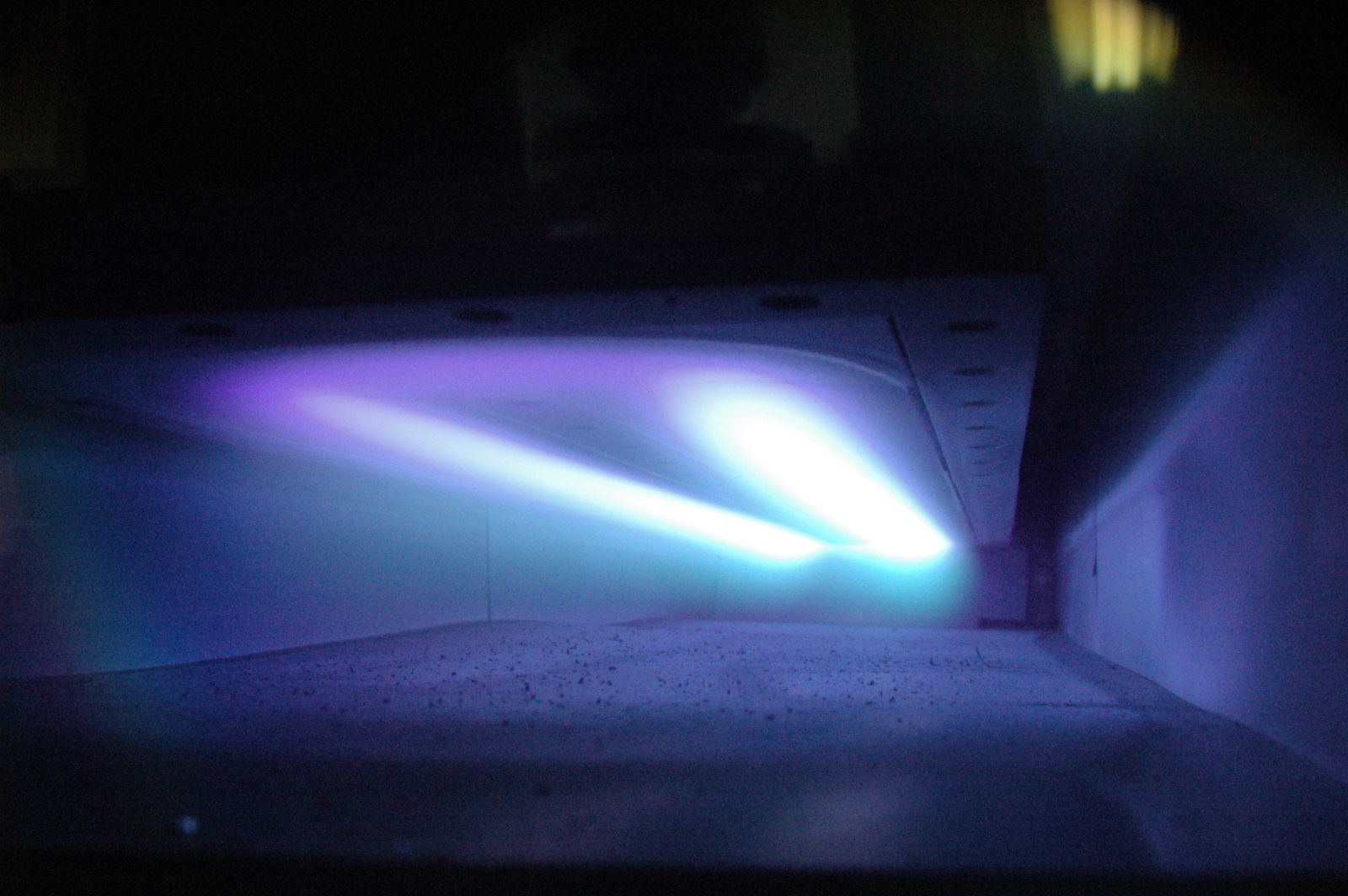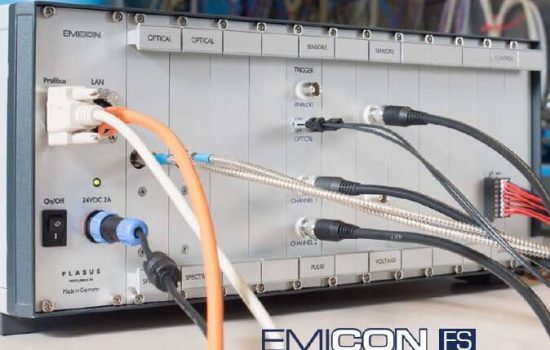Reactive Sputtering
Home » Reactive Sputtering
Reactive Sputtering

Reactive sputtering is a process that allows compounds to be deposited by introducing a reactive gas (typically oxygen or nitrogen) into the plasma which is typically formed by an inert gas such as argon (most common), xenon, or krypton. In this process the reactive gas is “activated” by the plasma and chemically reacts with the target material which is subsequently deposited on the substrate.
By controlling the relative amounts of the inert and reactive gases, composition control of the resultant film is achievable. Oxides, nitrides, carbides and mixtures of all three can be generated by reactive sputtering .
The object of the reactive sputtering process is to create thin films of closely controlled stoichiometry and structure while running an electrically conductive target material using a DC power supply.
Over the past decade much progress has been made developing reactive DC processes that offer much higher deposition rates when compared to RF sputtering of the bulk materials.
Click here to see more information on our Reactive Gas Analysis and Process Control Technology – PLASUS EMICON

For more information regarding Reactive Sputtering or to discuss your project, call +1-412-469-8466 or contact us online.

